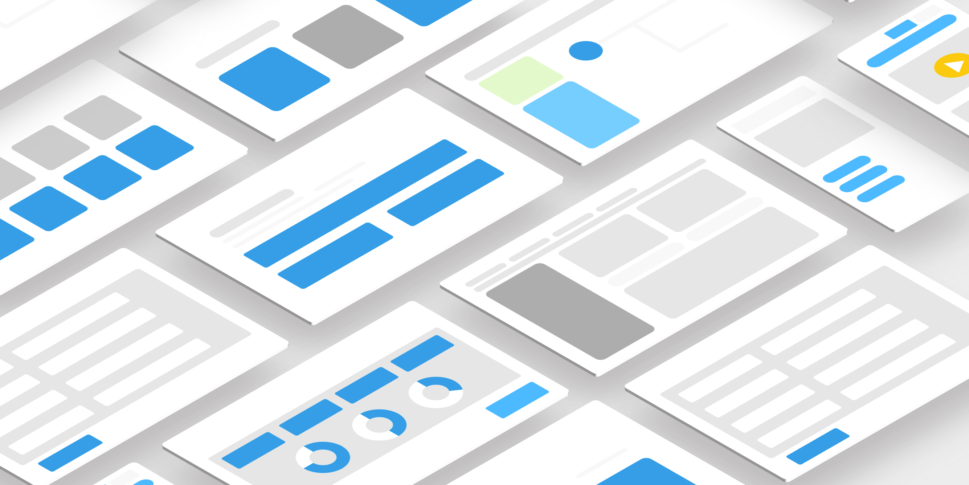Everybody in the Salesforce AppExchange ecosystem building, developing and delivering has opinions on functionality, architecture and design.
App Development on Salesforce (Core products – sales/service and/or marketing cloud) comes with a host of value adds (scale, speed, rigor, process) and another set of challenges or we might call them “constraints”. The constraints, app design and dev on top of the platform is customizable, though when contemplating a build from “scratch” or using an outside framework, some of the additive reasons one decides to build on Salesforce (Lightning, standard and custom plug/play components) becomes lost or severely diminished. Not to mention, introducing additional complexities i.e – UI behaviors once you wrap Salesforce around your app.
Taking a configuration approach while leveraging/adopting as much as you can of the Salesforce way is the best method for speed and scale. After a decade + building on the platform and before building on top of the marketing and core products was a standardized process, I learned simplicity and three (3) quick wins are the fastest way to receive a return on the investment and provide value to the customers you serve.
Design (UI and UX) in Salesforce for AppExchange is no different, and my approach is a three fold, scale tested methodology that allows partners and customers of Salesforce to thrive in an ecosystem with lots of noise, winding “trails” and fierce competition.
Define your big picture (50k view) and 1 or 2 specific challenges your product/service solves for and where available get customer feedback to guide, verify your strategy:
Initially, you have to decide where to start plugging into Salesforce. Asking these simple questions will begin to define the strategy. Are my customers primarily marketing users and therefore need functionality built directly in the Marketing Cloud? Are they core users who also leverage marketing? or Core users, with an opportunity to leverage marketing or not? The Answer(s) will greatly inform the where, the how and the why. The two primary choices of where and how to build present massive upside (the scale,speed and support we talked about above), limitations based on the specific framework and risks associated with time/effort/budget considerations/ROI.
- Marketing Cloud Apps, have a special relationship with native Marketing functionality and therefore, the user experience should live in the Marketing Cloud. Note: these apps are typically stored 3rd party and often live on top of heroku/aws or other. If the use cases lend best to exposing additional value directly in journeys or custom workflows to augment the data set in Marketing Cloud, build here first.
- Core applications have clear benefits in relation to scale, speed and the use of custom components, workflow and processes stored in tidy packaged process for deployment, updates and maintenance. If your users will be leveraging core products as the primary interface and information needs to move to say, marketing cloud, other salesforce products and potentially external platforms, Build on top of Core.
Mapping a Success Design
- Start with lo-fi wireframe, seen below to help get a feel for the real-estate, how to interact best with the Salesforce UI (given you’re building on top of the platform)
Fig.1
- Next, create a higher fidelity wireframe and find the most appropriate ways to include your banding (colors, buttons, imagery) while maintaining the expectation a customer is working within Salesforce using your value-add to enhance/augment the experience.
- Build the experience to provide the specific value-adds defined in your strategy, “all great Salesforce app plans go-to die when the application tries to solve for gaps not previously discovered” and /or switch UI/UX strategy based on isolated feedback.
Fig.1
Focus on the experience from the Salesforce user lens (1Meter view) takes time, effort, and a process.
- Define and test the workflow to/from your platform, infrastructure before building. Too often the delay comes where a disconnect on expectations of your data as it relates to how/where the information may be utilized in Salesforce. Accessible API’s built and available exposing the specific data your products bear is the quickest way to add value to the end-user and when users can action on that information, you win – every time.
- Build efficiently – take a deliberate approach to make the experience better, simpler or faster for the end-user, the value is more often than not the workflow and data your solution provides, where Salesforce natively would not.
- Aligning your strategy to Salesforce’s Product App Lifecycle (here) allows for best laid plans to meet fruition and moreover, a return on your investment.
Getting Started – Define the quick wins, test their mettle and embrace the platform to provide a better way for your customers to leverage salesforce, your products and apps that improve the connected experience.

